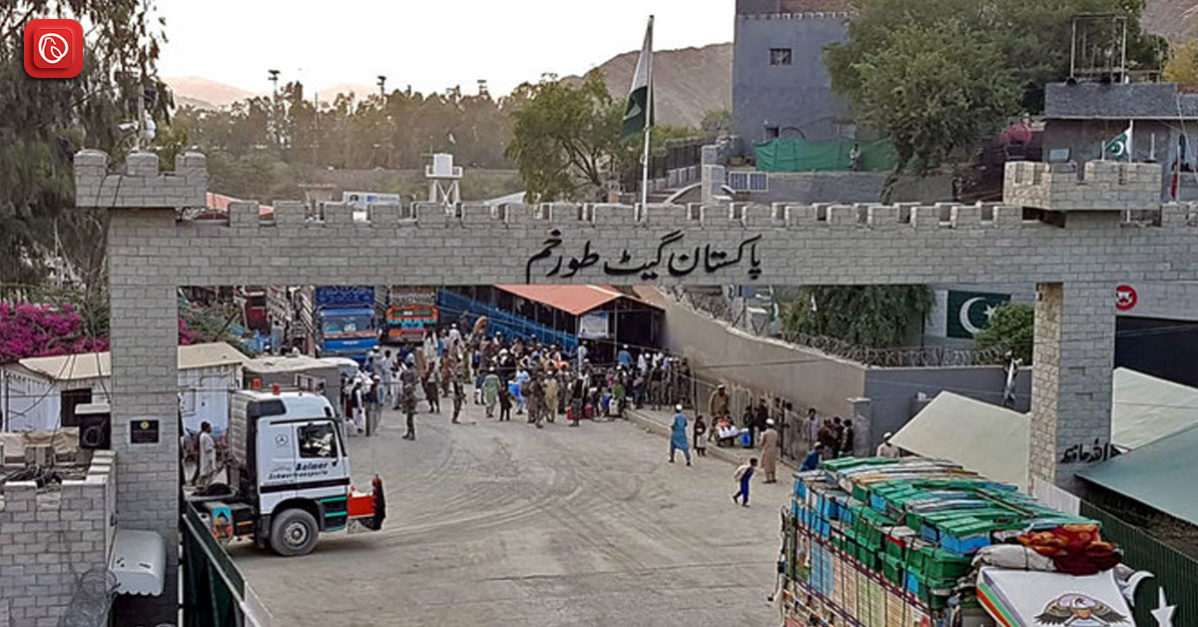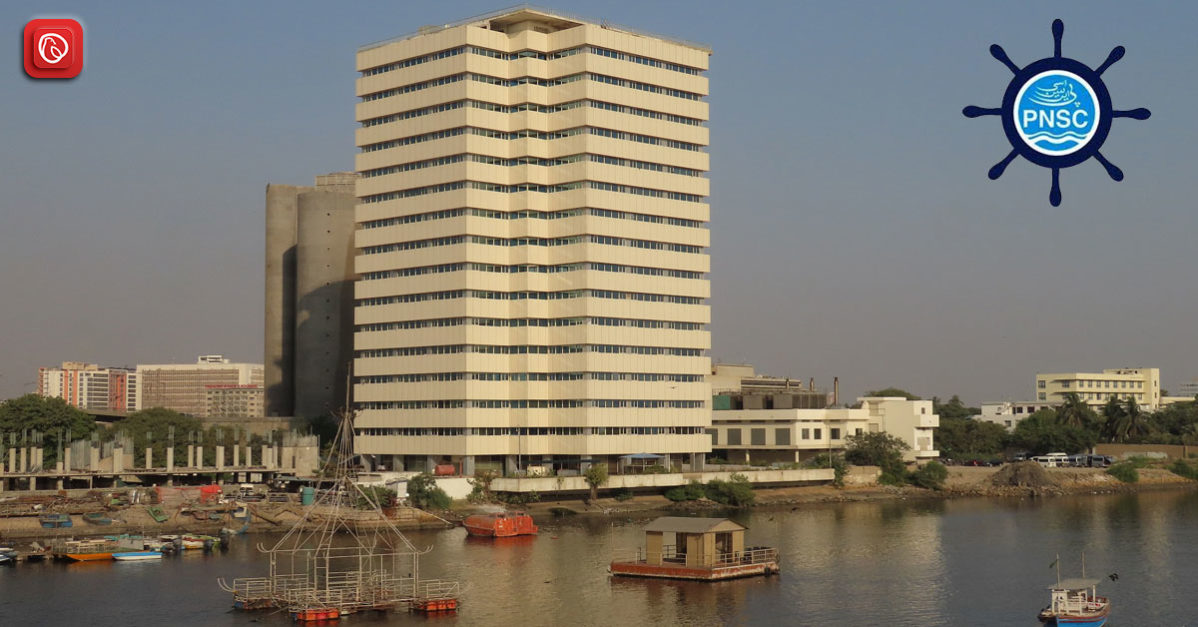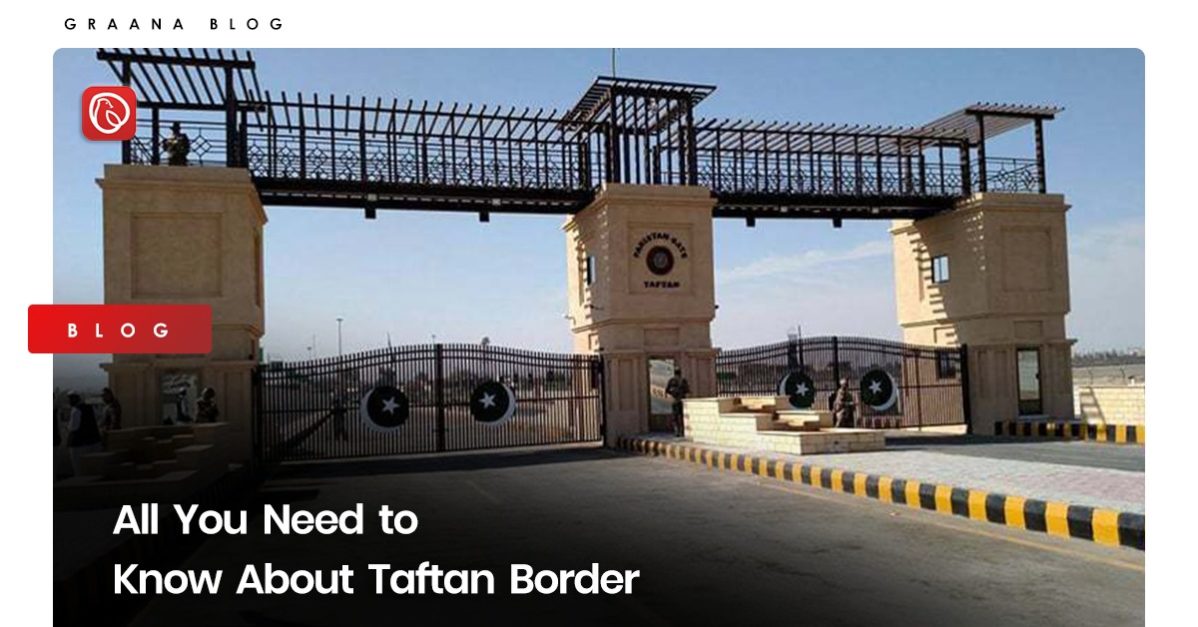Pakistan has a coastline of 1,046 kilometres (or 650 miles) along the Arabian Sea, which is divided into two parts: Sindh and Makran Coast. It has 7 of the commercial seaports of Pakistan, and the National Institute of Maritime Affairs (NIMA) estimated in 2018 that over 90% of the nation’s trade with the world takes place through these ports. In order to understand Pakistan’s rising exports, we must look at Pakistan’s seaports and understand what roles do small and large seaports of Pakistan play in its economy.
Graana.com, Pakistan’s smartest property portal, has compiled a list of some of the major commercial seaports of Pakistan below.
List of Commercial Seaports in Pakistan
Here is the list of commercial seaports in Pakistan.
List of Commercial Seaports in Pakistan
| Seaport | Features |
| Karachi Port | The Karachi Sea Port is a natural harbour that handles 60% of national shipments and is the busiest seaports of Pakistan. It is owned by the Ministry of Maritime Affairs and operated by the Karachi Port Trust (KPT). |
| Gwadar Port | This is one of the most significant seaports of Pakistan, operated and managed by the Gwadar Port Authority and the China Overseas Port Holding Company |
| Muhammad Bin Qasim Port | Port Muhammad Bin Qasim is the second largest of the seaports of Pakistan and ranks among the top 150 ports in the world. It is built in the Sindh Province’s artificial harbour. |
| Keti Bandar Port | The Keti Bander/Bandar Port is one of the oldest seaports of Pakistan and a tiny harbour that helps the local economy. Keti is an expansion of the old harbour of Debal near Manora Island, located in the Thatta District. |
| Ormara Port | Ormara Port is an important harbour on Pakistan’s Makran Coast, located between the ports of Karachi and Gwadar. Its maritime significance can be traced back to the period 40–70 A.D. in ancient trade and maritime logbooks. |
| Pasni Port | Pasni is a medium size sea port on the Makran Coast in Balochistan. It has a fishing harbour, and a naval facility. |
| Jiwani Port | The Port of Jiwani, located on Pakistan’s western border, is a naval and commercial port along the Gulf of Oman. |
Karachi Port

The Karachi Sea Port is a natural harbour that handles 60% of national shipments and is the busiest seaports of Pakistan. It is owned by the Ministry of Maritime Affairs and operated by the Karachi Port Trust (KPT). It was built off the coast of Pakistan in 1854, which gradually connected with the mainland by causeways and bridges. Karachi’s proximity to the Straits of Hormuz and the Suez Canal is a major reason for its prominence.
The port handles 65.25 million tons of cargo and 1.56 million TEUs (twenty-foot equivalent units) per year. The port is designed with an 11-kilometre waterway for incoming vessels and two berthing zones, the West and East wharves. The horbours have a maximum docking vessel capacity of 75,000 DWT (deadweight tonnage). This includes three liquid cargo berths, shipyards, repair sites, two dry docks, and three container terminals.
The Karachi International Container Terminal (KICT) on the West Wharf can accommodate vessels with 600 metres of docking space. The Pakistan International Bulk Terminal (PIBT) on the East wharf can handle Panamax ships with a capacity of 350,000 TEUs per year. The Al-Hamd International Container Terminal (AICT) is located close to the Layari river, and does not fall under the purview of the port. There is also space for naval and commercial shipbuilding and maintenance at the harbour. In addition, there are dry docks, construction complexes, steel handling plants, and outfitting zones.
Expansionary efforts to strengthen the port include:
- Increased TEU handling capacity at KICT and PIBT
- Construction of a new bulk cargo terminal
- Construction of a new passenger terminal
- Reconstruction of infrastructure to reduce vessel TAT (turnaround time)
Gwadar Port

This is one of the most significant seaports of Pakistan, operated and managed by the Gwadar Port Authority and the China Overseas Port Holding Company. It is the world’s largest deep-sea port and has been active since 2016.
Gwadar is a major actor in trade transit between Pakistan and Afghanistan, as well as a centre for the projected China-Pakistan Economic Corridor (CPEC). The harbour is linked to the Maritime Silk Road and Belt and Road Initiatives. A floating liquefied natural gas facility, the Gwadar Special Economic Zone, and a dedicated facility promote CPEC interests are all part of the port.
However, the port is still undergoing expansionary activities. The expansion of the port will take place in three stages. The second and third stage of the expansion are to be completed in 2029 and 2045 respectively. One of these expansionary project is the proposed freight capacity of 400 million tonnes, up from 11 million tonnes now.
The following ship classes can also dock:
- Bulk carriers with a capacity of 30,000 DWT
- Panamax (52,00 DWT)
- Neo Panamax (DWT 200,000)
- 400,000 DWT for Chinamax
- Valemax has a DWT of 400,000
- TI-Class Supertankers with a displacement of 440,000 DWT
The harbour will be linked to the Khunjerab Railway, allowing commuters to reach nearby industrial areas. The bilateral extension of Port Chabahar by Iran and India is expected to develop the Gwadar-Chabahar region and lead to transhipment capabilities at both ports.
Muhammad Bin Qasim Port

Port Muhammad Bin Qasim is the second largest of the seaports of Pakistan and ranks among the top 150 ports in the world. It is built in the Sindh Province’s artificial harbour.
Owned by the Maritime Affairs Ministry, it has been operational since 1980 and covers an area of 50 square kilometres. The operating body is the Port Qasim Authority (PQA), which is run by the government.
It handles around 35% of overall maritime traffic through Pakistan, with over 1,500 port visits per year, a container volume of 700,000 TEUs, and annual cargo of 16.6 million tonnes.
Port Qasim is connected to the Korangi Industrial Area, the Landhi Export Processing Zone, and a number of automotive manufacturing firms. It is adjacent to Port Karachi and is located on the Indus River.
For administrative convenience, the harbour has three major zones:
| Zone Name | Area (in acres) |
| North-Western Industrial Zone | 2,920 |
| South-Western Industrial Zone | 1,000 |
| Eastern Industrial Zone | 8,300 |
The following are the principal facilities available to berthed ships at Port Qasim:
- A multi-purpose 4 berth terminal that comes under the Port Qasim Authority
- A 5 berth container terminal known as Qasim International Container Terminal
- Engro Vopak Ltd. operates the single berth liquid chemical terminal
- FOTCO operates the single berth oil terminal
Port Qasim’s future expansion plans include advanced facilities such as additional liquid cargo terminals, container terminals, oil terminals, and a steel jetty.
An Integrated Cargo-Contained Control Facility (IC3), a joint endeavour between Pakistan Customs and U.S. Customs and Border Protection, would screen U.S.-bound shipments at Port Qasim to strengthen maritime trade security.
Keti Bandar Port

The Keti Bander/Bandar Port is one of the oldest seaports of Pakistan and a tiny harbour that helps the local economy. Keti is an expansion of the old harbour of Debal near Manora Island, located in the Thatta District.
The modern-day port is located on the Indus River and serves as a hub primarily because of its proximity to the Arabian Sea and the Hajamrao River.
Port Keti’s principal function is to serve as a fishing port for the districts of Mansura and Thatta. Fish shipments from Keti Bandar to larger ports for further repackaging and export are typical during peak seasons.
The port and its fishing activities rely nearly exclusively on the adjacent hinterlands. Catch of the day is auctioned at quayside markets where Arabian Sea produce is highly valued. Karachi is the most important export destination for these fish.
Ormara Port

Ormara Port is an important harbour on Pakistan’s Makran Coast, located between the ports of Karachi and Gwadar. Its maritime significance can be traced back to the period 40–70 A.D. in ancient trade and maritime logbooks (the Periplus of the Erythraean Sea). In addition, the port has been an important strategic position since Alexander the Great’s time, since it allows access to and control over the Indus region.
The port mostly handles fishing and ships fresh commodities to larger Pakistani ports for repackaging and later export. In addition, the Makran Coastal Highway Project runs along Pakistan’s Arabian Sea coastline, revitalising the port and bringing in much-needed services. In conclusion this has connected the port to the broader national highway system, allowing products and cargo to move via Ormara.
The Jinnah Naval Base, located near Ormara, is the country’s second-largest naval base that was built on behalf of the Ministry of Defence by Belgium and Turkey. As a result, it has increased economic activity in the region, with the fish port obtaining new equipment to increase the output of fresh produce for sale throughout the world.
Furthermore, because the Pakistan Navy’s important military assets (including submarines and nuclear warheads) are present in Ormara, the hinterlands are in a state as to meet the military requirements. Also the neighbouring Cadet College has aided the port’s finances. The government also intends to transform the Ormara coastline into a vibrant strategic centre by 2030.
Pasni Port

Pasni is a medium size sea port on the Makran Coast in Balochistan. It has a fishing harbour, and a naval facility. Fishing is the principal source of income in the adjacent hinterlands.
As the area is unsuitable for agriculture, the port also receives shipments from other Pakistani ports to replenish food and other products for people. Above all, the port has the latest goods processing and packaging equipment. Once the catch of the day is ready, it ships off to Karachi. It is important to note that the equipment present at the port meets the EU export criteria.
The Balochistan Port Authority (BPA) operates the Pasni port. While the Pakistan’s Maritime Affairs Secretary owns the harbour.
Owing to the network of roads and airport the port connects the port to major cities of the country. The Pasni Naval Base is a hub of activity, resulting in the construction of the surrounding Pasni Airport and national highways.
Jiwani Port

The Port of Jiwani, located on Pakistan’s western border, is a naval and commercial port along the Gulf of Oman. It is located near the ports of Gwadar, Pakistan (60 kilometres east) and Chabahar, Iran (110 kilometres west).
Jiwani and the neighbouring hinterlands have grown as a result of their closeness to these shipping ports. Also, the port is well in connect to major cities via the Makran Highway (to Karachi) and the Jiwani Military Airport, which carries fresh goods.
Port Jiwani, located in Gwadar Bay, is vital to the naval community. It is close to the Straits of Hormuz, the Persian Gulf, and the Gulf of Oman, all of which are important maritime lanes.
Jiwani served as a major facility for both the Allied Navy and Air Force during World War II. Similarly, there were rumors a few months back that China was in talks with Pakistan to set up a military base at Jiwani. If the deal materializes Jiwani will be the second Chinese Naval Base in Pakistan (Gwadar being the other).
In an effort to attract foreign investment, plans are in the works to establish offshore drilling units and expand fishing facilities in the harbour. Fish freezing plants at the port harbour are among the existing facilities. The residents rely mostly on the selling of fish products to larger cities for export abroad.
For more informative articles on Pakistan ports, visit Graana blog.
Read More:




